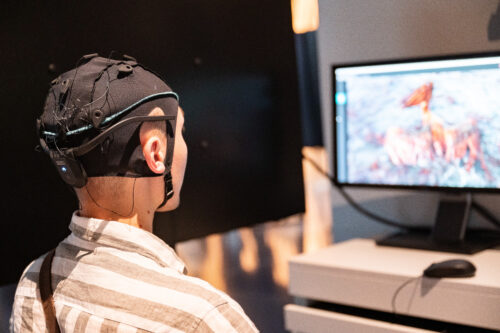Brain-Computer Interfaces (BCIs) are unlocking mind-blowing possibilities—hopefully only in the figurative sense. By directly linking neural pathways to computers, these devices are already helping paralyzed individuals communicate and may one day be used to boost cognitive performance. With such great power comes great responsibility. Descartes once wrote, “I think, therefore I am,” but what happens when our thoughts can be read, written, or shared by a machine? BCIs blur the line between mind and machine, raising a modern Ship of Theseus dilemma: at what point does an enhanced mind stop being you?
Throughout history, inventions have expanded human potential—from stone tools to smartphones. BCIs may be the next great leap forward. This moment demands maturity: to build with caution, not just curiosity. Some researchers advocate beginning with simulations and read-only BCIs, which allow us to observe brain activity without altering it. These tools could enable scientists to explore the mind without interfering with the self.
Yet responsible development requires more than technical restraint. It requires ethical clarity. BCIs must enhance cognition, not replace it. Cross that line, and we risk what philosopher Hannah Arendt called the “banality” of artificial thinking: efficient, yet devoid of the messy brilliance that defines human thought. While blockchain and quantum encryption may protect neural data, the greatest challenge is foreseeing unintended consequences. We only get one shot at preserving cognitive sovereignty. Let’s get it right.

